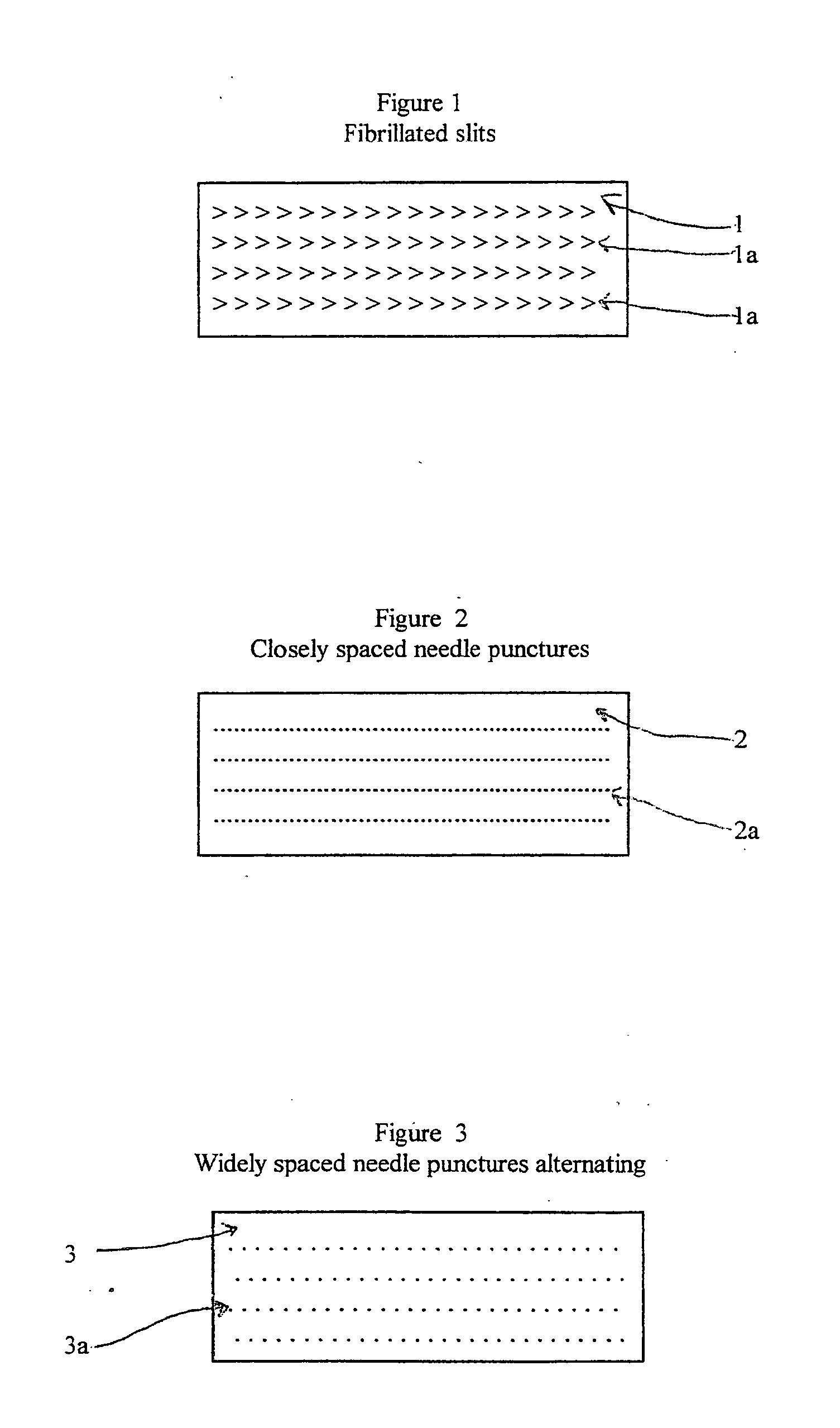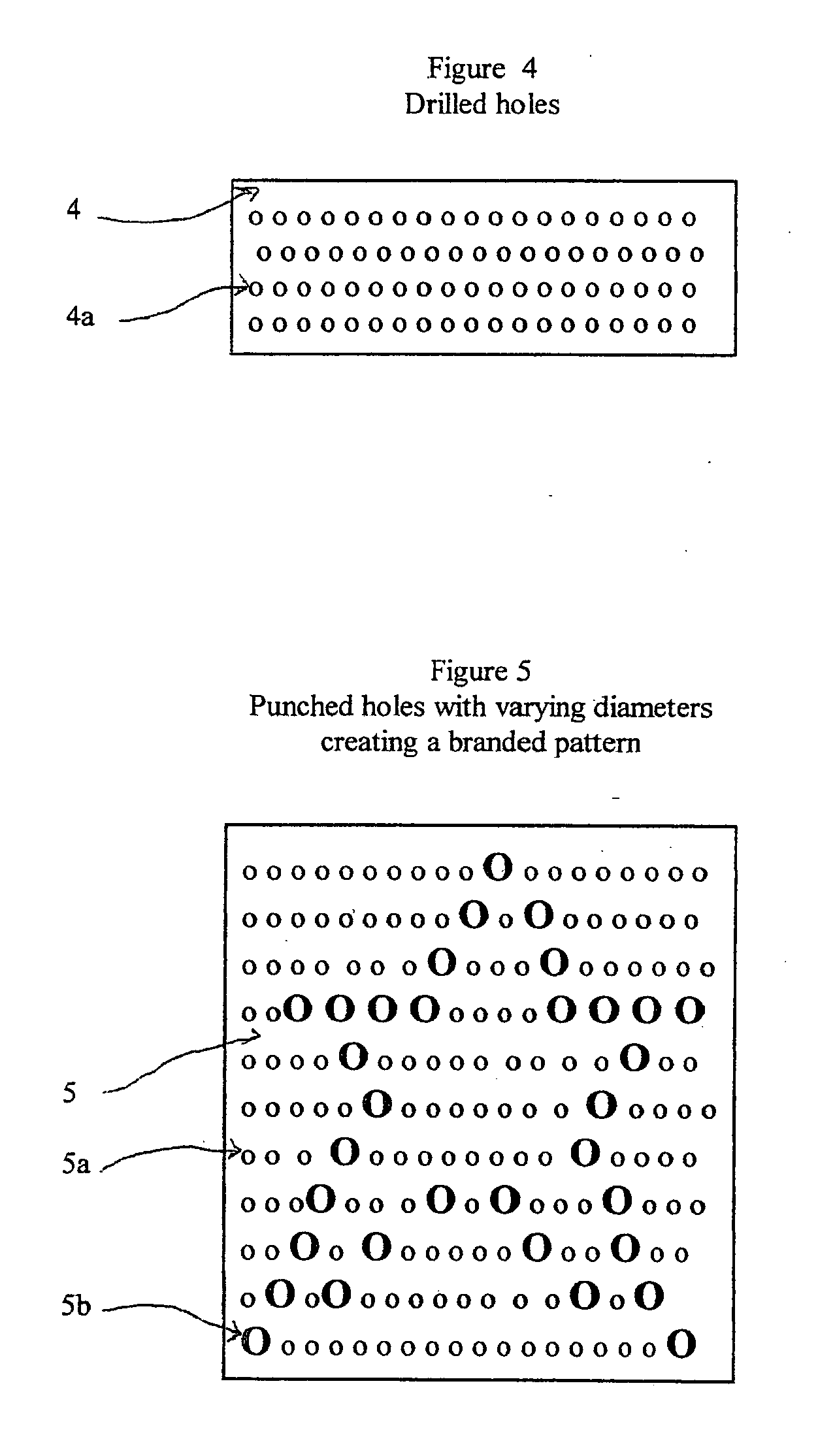That is, due to limited masticating, pets generally do not pack food and debris between their teeth like humans do.
However, pets are domesticated carnivores, taken out of the wild.
This lack of "carnivore-type" chewing activity renders most domesticated pets vulnerable to gum
disease.
Unfortunately, like their civilized owners, domesticated pets generally suffer from gum
disease at about the same incidence as adult humans.
Unfortunately, in most cases, treatment for
periodontal disease must continue for the life of the pet, because of the pet's continued susceptibility and the chronicity of the
disease.
Eventually, this hard, rough-surfaced tartar is irritating to the tissue wall of the
gingival sulcus.
When tartar or plaque (
biofilm) collects on the teeth, it creates pressure on the gums causing them to become inflamed and to recede.
Teeth in neglected pets may become loose.
Biofilm formation in pets is an extremely complex process.
To date, these oral care adjuncts to
pet food, chews, treats, etc., have not proven too successful, as the previously referenced survey of
oral hygiene of pets older than four years of age brought to veterinary clinics indicates.
However, this
drying process results in yellow or brown bones which are generally unappealing to pet owners.
Another nonmechanical method consists of working with the rawhide in the wet state, possibly wringing the rawhide out before
processing.
The nonmechanical "clean,
cut and dry" methods of producing pet chews are labor and energy intensive and
time consuming.
The methods are labor intensive because the treated skins are sorted depending on their size, laid out,
cut into big strips, distributed to the workers who roll them into bones, placed on trays, shipped to the ovens and usually turned over once a day until dry.
Because of all the manual work involved, the percentage of "seconds" and rejects is unreasonably high, compared to
machine made products.
These methods are energy intensive because the rawhide has to be dried slowly once rolled to obtain a hard (15%
moisture content) product.
Slow
drying is necessary because of the risk of cooking the rolled product into
gelatin.
Although the removal of a significant portion of the water during the molding process enhances the resulting product's integrity, the
compression molding process nonetheless has its limits with regard to the ultimate strength characteristics of the final product.
While the disassociated particles tend to be of a physically small size and are therefore able to pass harmlessly through the dog's intestinal tract,
ingestion thereof can nonetheless cause problems.
While the baking step has a sterilizing effect and thereby addresses the decay problem described above, the end product tends to be
extremely hard and dense, and is therefore not particularly "chewable."
Moreover, due to its
brittleness, it is quickly and easily shattered by a large dog, and consequently is quickly consumed.
While the foregoing approaches may be meritorious, they involve creating a unique food product (as distinguished from a "chew toy"), which is a relatively complex and expensive approach, and there is no guarantee that the
resultant product will he accepted and actively consumed by dogs.
However, these materials are often rapidly destroyed by the chewing action which breaks down the fibers and structure of the material, and the soft nature of these products cannot provide the same degree and variety of
health benefits that can be obtained from chew toys that are comprised of harder material.
Additionally, such surface treatments of rawhide chews, invariably result in
staining of rugs, carpeting, upholstery, etc., which has become a major "turn-oft" to pet owners.
 Login to View More
Login to View More  Login to View More
Login to View More 

